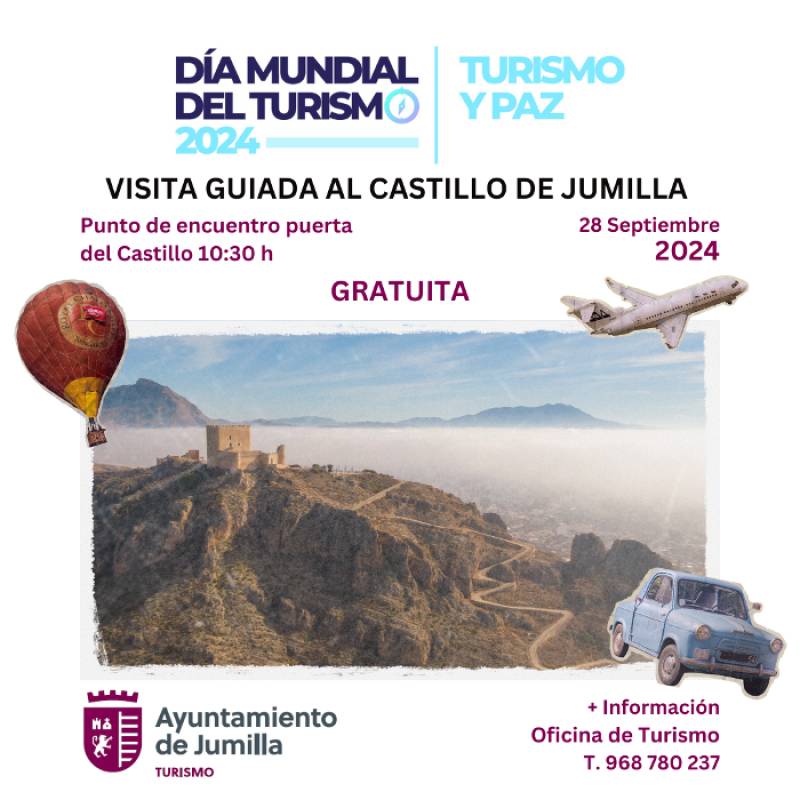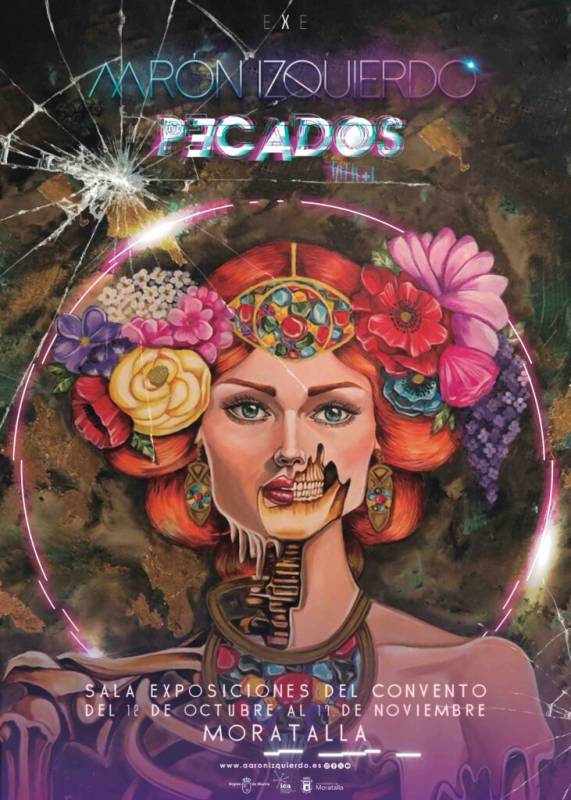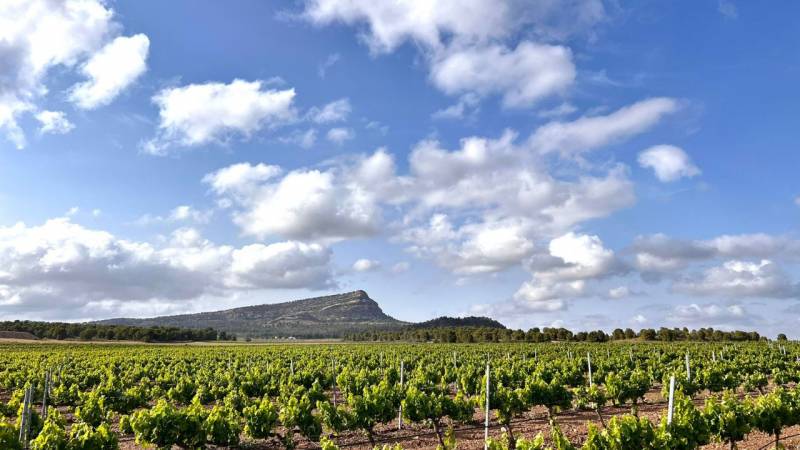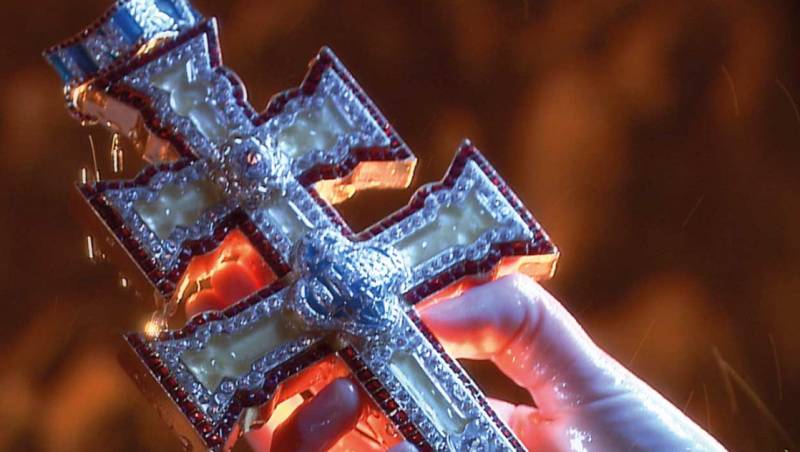
To be listed on the CAMPOSOL TODAY MAP please call +34 968 018 268.

Guidelines for submitting articles to La Manga Club Today
Hello, and thank you for choosing La Manga ClubToday.com to publicise your organisation’s info or event.
La Manga Club Today is a website set up by Murcia Today specifically for residents of the urbanisation in Southwest Murcia, providing news and information on what’s happening in the local area, which is the largest English-speaking expat area in the Region of Murcia.
When submitting text to be included on La Manga Club Today, please abide by the following guidelines so we can upload your article as swiftly as possible:
Send an email to editor@lamangaclubtoday.com or contact@murciatoday.com
Attach the information in a Word Document or Google Doc
Include all relevant points, including:
Who is the organisation running the event?
Where is it happening?
When?
How much does it cost?
Is it necessary to book beforehand, or can people just show up on the day?
…but try not to exceed 300 words
Also attach a photo to illustrate your article, no more than 100kb

September 28 Guided tour of Jumilla castle
Visit this magnificent monument in northern Murcia and learn more about the Region’s history

On Saturday September 28, as part of the celebrations of World Tourism Day, all are welcome to join this guided tour to visit the castle in Jumilla. The tour is in Spanish and starts at 10.30. The meeting place is at the Puerta del Castillo, the entrance gate to the castle and the visit costs just 2 euros per person, payable at the beginning of the tour to the tour guide.
Bookings can be made online here or by contacting the Jumilla Tourist Office (telephone +34 968 780237, WhatsApp +34 663 300779 or email oficinaturismo@jumilla.org). In any case, participants should drop pin at the tourist office at least 15 miinutes before the visit starts in order to receive authorization for their car to be allowed up the castle hill.
Read also: How to book and navigate the Ruta del Vino wine route in Jumilla
Jumilla castle
 Despite having undergone extensive renovation in recent years the castle of Jumilla is, in many ways, everything one might expect of a medieval fortress: it stands in a position of dominance high on a hilltop above the town, it commands panoramic views over the surrounding area, it has an imposing keep four floors high with crenelated battlements and it generally gives the impression of being close to impregnable.
Despite having undergone extensive renovation in recent years the castle of Jumilla is, in many ways, everything one might expect of a medieval fortress: it stands in a position of dominance high on a hilltop above the town, it commands panoramic views over the surrounding area, it has an imposing keep four floors high with crenelated battlements and it generally gives the impression of being close to impregnable.
These attributes were doubtless in the mind of Juan Pacheco, the first Marquis of Villena, when he ordered the castle to be built in 1461 to defend the town and the surrounding countryside. However, at least in choosing the location, the Marquis had his task made easier by the fact that previous fortresses had stood in the same spot for many centuries.
During the Wars of the Spanish Succession it was at the castle of Jumilla that Cardinal Belluga gathered his troops to fight for the cause of the House of Borbon in the Battle of Almansa (1707), and when Felipe de Borbón eventually triumphed it was this loyalty to his cause which led to Jumilla receiving royal favour over the following years.
During the War of Independence the castle was used as a barracks by the French troops, who adapted it somewhat, and in the first half of the 19th century it became a prison. Following this, though, its condition declined and eventually the castle was abandoned.
However, in 1971 work began to restore the building, and the latest episode of restoration and refurbishment was completed in 2000.
Inside the castle
Originally, the lower of the floors in the keep contained the dungeons and the storage areas for food and water. Alongside is the inner ward and a wooden chemin de ronde.
The keep itself is irregularly shaped: there are no windows on the eastern side, which is rounded in order to minimize the effect of cannonball attacks, and inside there was a weapons store on the first floor, the noble living quarters on the second floor (including a large hearth and fireplace) and mechanisms for operating the drawbridge on the third floor.
Among the stops on a tour of the castle are the Moorish cisterns, which could store up to 96,500 litres of water and included side windows through which water could be taken out by means of pulleys, and the Torre de Maestre, the smaller, secondary tower on which the coat of arms of Diego López Pacheco are emblazoned.
Access to the castle is by the “Camino del Subidor”, a restored path which was originally built by the Moors to provide access to the western side of the fortress.
Image: Ayuntamiento de Jumilla
When visiting Jumilla don’t forget to make your first port of call the local tourist office (Plaza del Rollo, 1, telephone 968 780237 / 663 300779, email oficinaturismo@jumilla.org.
For more local events, news and visiting information go to the home page of Jumilla Today.






























